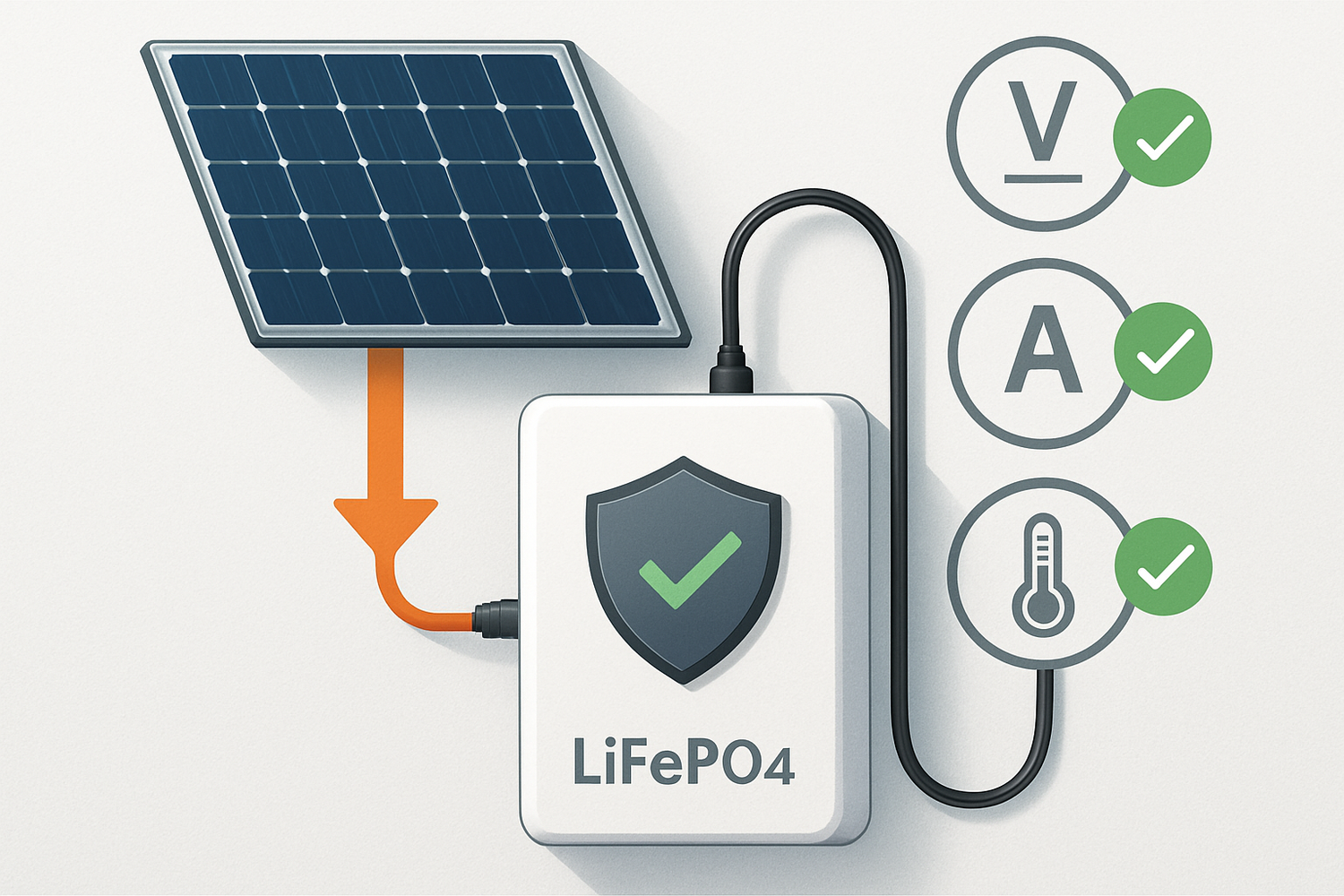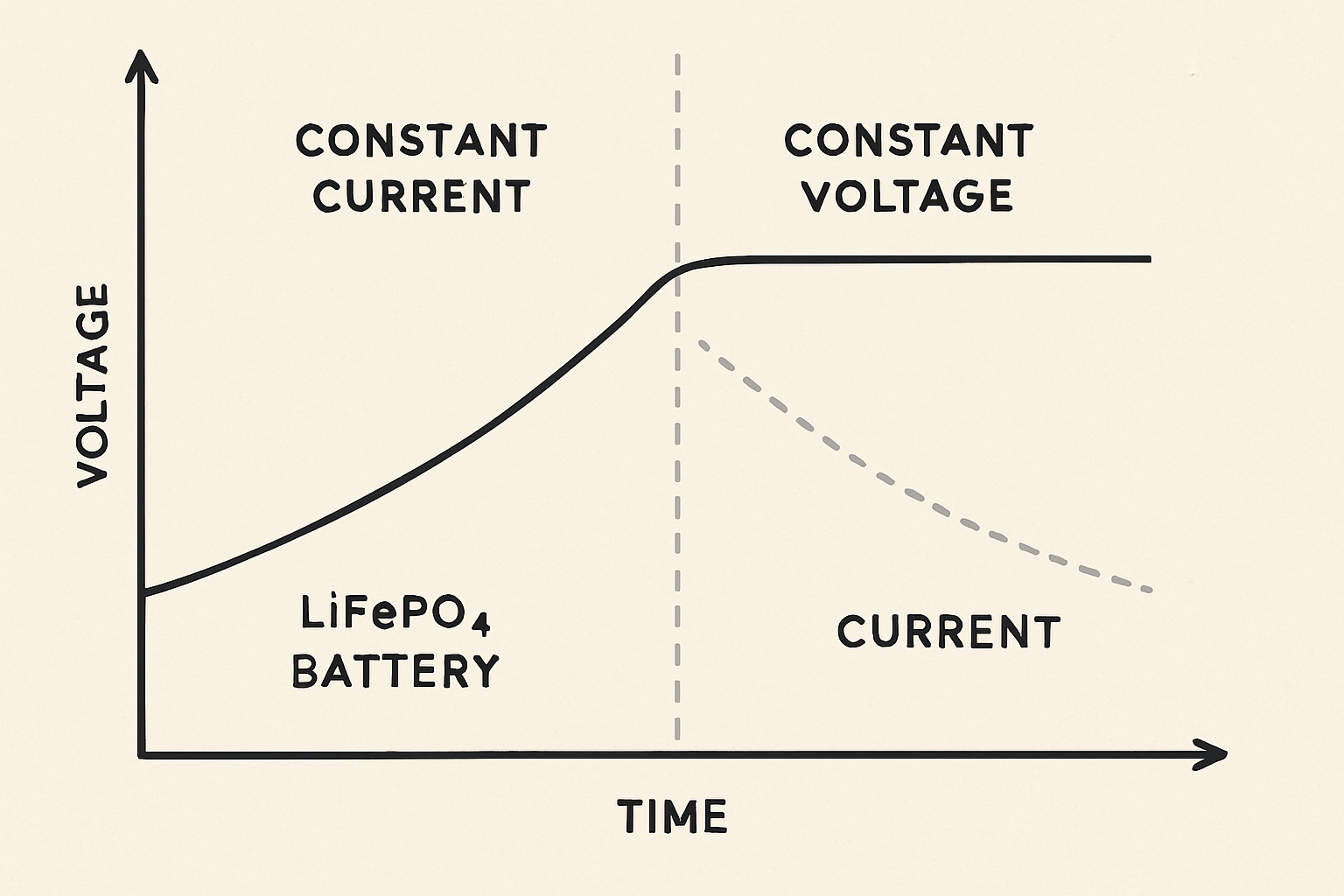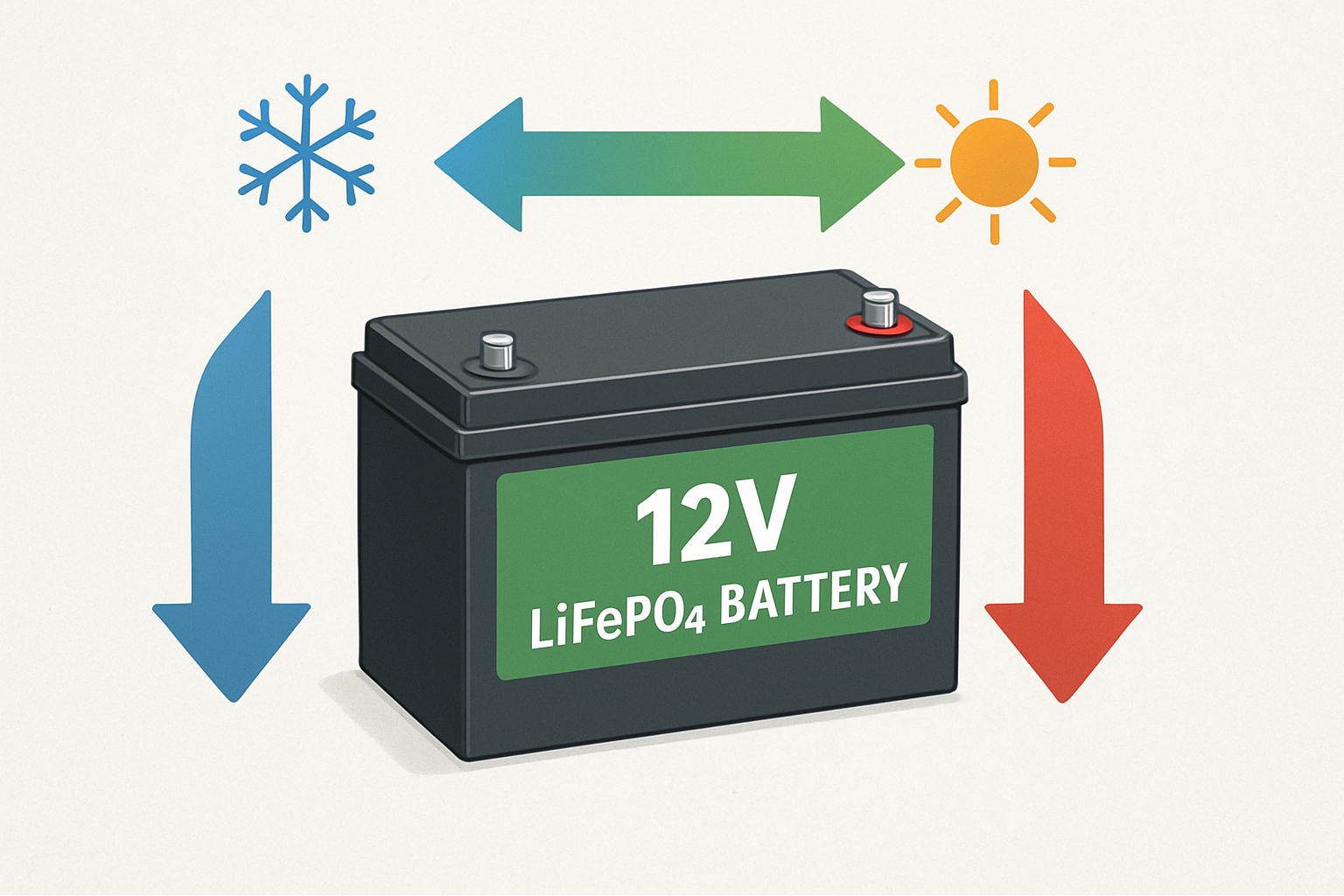Lithium Iron Phosphate (LiFePO4) batteries are rapidly becoming the standard for home energy storage, off-grid solar solutions, and recreational vehicles. Their reputation for a long lifespan, reliability, and superior safety makes them an excellent investment. However, to unlock these benefits and ensure the longevity of your system, understanding the specifics of safe charging is paramount. Proper charging not only protects your investment but also guarantees optimal performance for years to come.
Understanding LiFePO4: Why Charging Matters
The unique chemistry of LiFePO4 batteries sets them apart from other lithium-ion variants. Their strong molecular bonds make them chemically and thermally stable, significantly reducing the risks associated with other battery types. This inherent safety is a primary reason they are favored for residential applications. Still, improper charging can compromise this stability, leading to reduced capacity, a shorter lifespan, or even damage.
Key Charging Parameters: Voltage, Current, and Temperature
To charge a LiFePO4 battery correctly, you must adhere to three critical parameters:
- Voltage: The recommended charging voltage for a 12V LiFePO4 battery is typically between 14.0V and 14.6V. For a single cell, the voltage should not exceed 3.65V. Exceeding this can lead to irreversible damage.
- Current: The charging current, often expressed as a "C-rate," should be managed appropriately. A rate of 0.5C (half the battery's capacity in amps) is generally recommended for longevity. While these batteries can handle faster charging, a slower, controlled current is gentler on the internal components.
- Temperature: Temperature is a crucial factor for both safety and performance. The ideal charging temperature range for LiFePO4 batteries is between 0°C and 45°C (32°F to 113°F). Charging below freezing can cause permanent damage, while high temperatures can accelerate degradation.
For a deeper technical analysis, our article on Optimal Voltage for LiFePO4 Charging: A Pro's Deep Dive provides more detailed information.
The Unseen Guardian: The Battery Management System (BMS)
Every high-quality LiFePO4 battery pack, including those integrated into ANERN's home energy storage systems, contains a Battery Management System (BMS). This electronic system is the brain of the battery, a non-negotiable component for safety and efficiency.
Core Functions of a BMS
A BMS continuously monitors and manages the battery's health, performing several critical functions to ensure safe operation:
- Overcharge Protection: The BMS will stop the charging process if the voltage of any cell exceeds the safe upper limit, preventing damage from overcharging.
- Over-Discharge Protection: It prevents the battery from being drained too much, which can also cause damage and shorten its life.
- Cell Balancing: It ensures all cells within the battery pack are at a similar state of charge, which is crucial for maximizing capacity and lifespan.
- Temperature Monitoring: The BMS monitors the battery's temperature and can disconnect it if temperatures go outside the safe operating range.
- Short-Circuit Protection: It provides a vital safety measure against short circuits, which could otherwise lead to dangerous outcomes.
ANERN's LiFePO4 batteries feature an advanced BMS, meticulously engineered to provide robust protection and optimize performance, giving you a reliable and secure energy solution.
Safe Charging Practices: A Step-by-Step Approach
Following a consistent and correct charging routine is the best way to care for your LiFePO4 battery. This ensures you get the most out of your investment in an off-grid solar or home energy storage system.
1. Use a LiFePO4-Specific Charger
This is the most critical rule. Chargers designed for other battery chemistries, like lead-acid, have different voltage profiles that can damage a LiFePO4 battery. A dedicated LiFePO4 charger is programmed with the correct voltage and current parameters, often following a CC/CV (Constant Current/Constant Voltage) algorithm. This process charges the battery efficiently to a certain point (Constant Current) and then holds the voltage steady to top it off safely (Constant Voltage).
2. Monitor the Charging Environment
Always charge your battery in a dry, well-ventilated area within the recommended temperature range. Avoid direct sunlight or freezing conditions. As the U.S. Department of Energy emphasizes in its safety plans, environmental conditions are a key consideration for the safe operation of all energy storage systems. Proper ventilation helps dissipate any heat generated during charging.
3. Inspect Your Equipment Regularly
Before charging, take a moment to inspect the battery and charger for any signs of physical damage, such as cracks, swelling, or frayed cables. Using damaged equipment poses a significant safety risk. If you notice any issues, discontinue use immediately and consult a professional.
To learn what not to do, review our guide on 7 Critical Mistakes to Avoid When Charging LiFePO4 Packs.
LiFePO4 vs. Other Lithium-Ion: A Charging Safety Comparison
While "lithium-ion" is a broad term, the charging requirements and safety profiles of different chemistries vary significantly. LiFePO4 stands out for its stability.
| Feature | LiFePO4 (Lithium Iron Phosphate) | NMC/LCO (Lithium Nickel Manganese Cobalt/Lithium Cobalt Oxide) |
|---|---|---|
| Nominal Cell Voltage | 3.2V | 3.6V - 3.7V |
| Max Charge Voltage (per cell) | ~3.65V | ~4.2V |
| Thermal Stability | Excellent, less prone to thermal runaway. | Lower, more sensitive to high temperatures and overcharging. |
| Primary Safety Concern | Damage from incorrect charging voltage or extreme temperatures. | Higher risk of thermal runaway if overcharged, damaged, or overheated. |
The lower operating voltage and superior thermal stability of LiFePO4 make it the safer choice, especially for large-capacity applications like a home energy storage system. This inherent safety is a core reason ANERN focuses on LiFePO4 technology for its reliable energy solutions.
Putting It All Together for Long-Term Value
Properly charging your LiFePO4 batteries is not just a matter of following rules; it's about ensuring the safety, reliability, and longevity of your energy independence. The International Energy Agency (IEA) highlights that the rapid growth of battery storage is essential for the clean energy transition, with deployment more than doubling in 2023 alone. Ensuring these systems operate safely is critical for public trust and continued adoption.
By using the correct charger, respecting voltage and temperature limits, and relying on a high-quality BMS, you protect your battery from the primary risks of degradation. This careful approach allows you to fully benefit from the thousands of cycles and decade-plus lifespan that premium LiFePO4 batteries, like those from ANERN, are designed to deliver. It ensures your investment in a solar inverter and energy storage system provides maximum value and dependable power when you need it most.
For more insights, explore our article that busts common misconceptions: LiFePO4 Charging Myths vs. Reality for Your Solar Storage.
Disclaimer: This article is for informational purposes only and does not constitute professional electrical or financial advice. Always consult with a qualified professional before installing or servicing any energy storage system.





Leave a comment
All comments are moderated before being published.
This site is protected by hCaptcha and the hCaptcha Privacy Policy and Terms of Service apply.